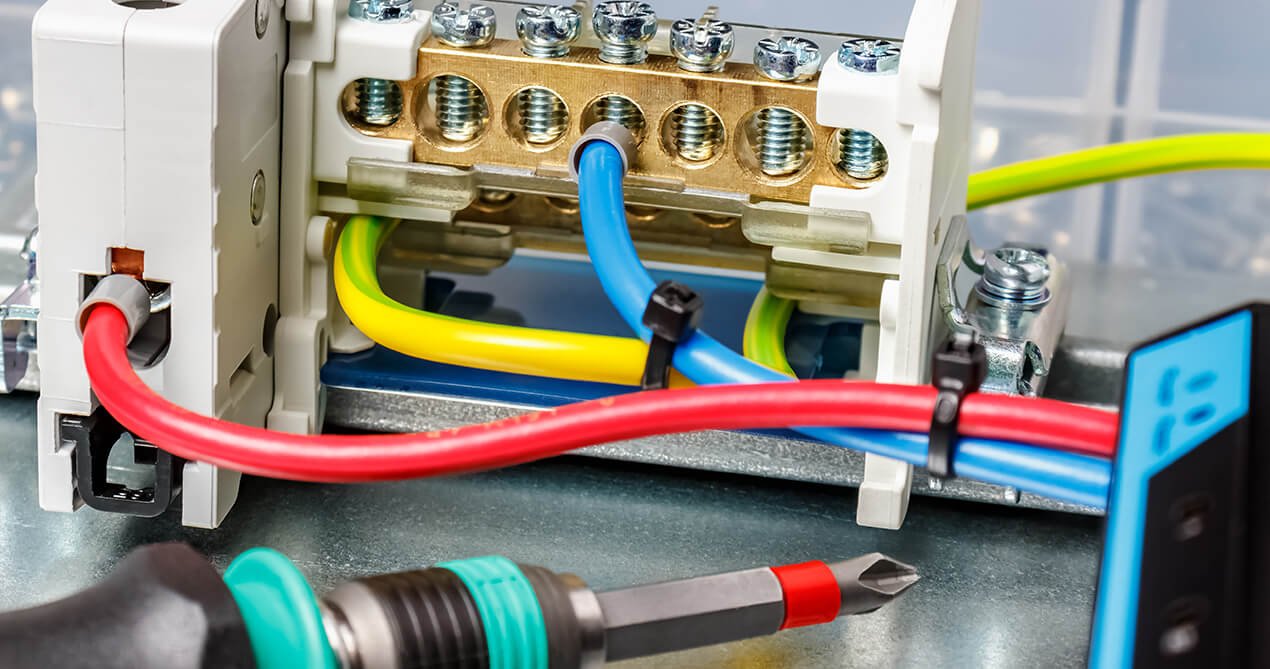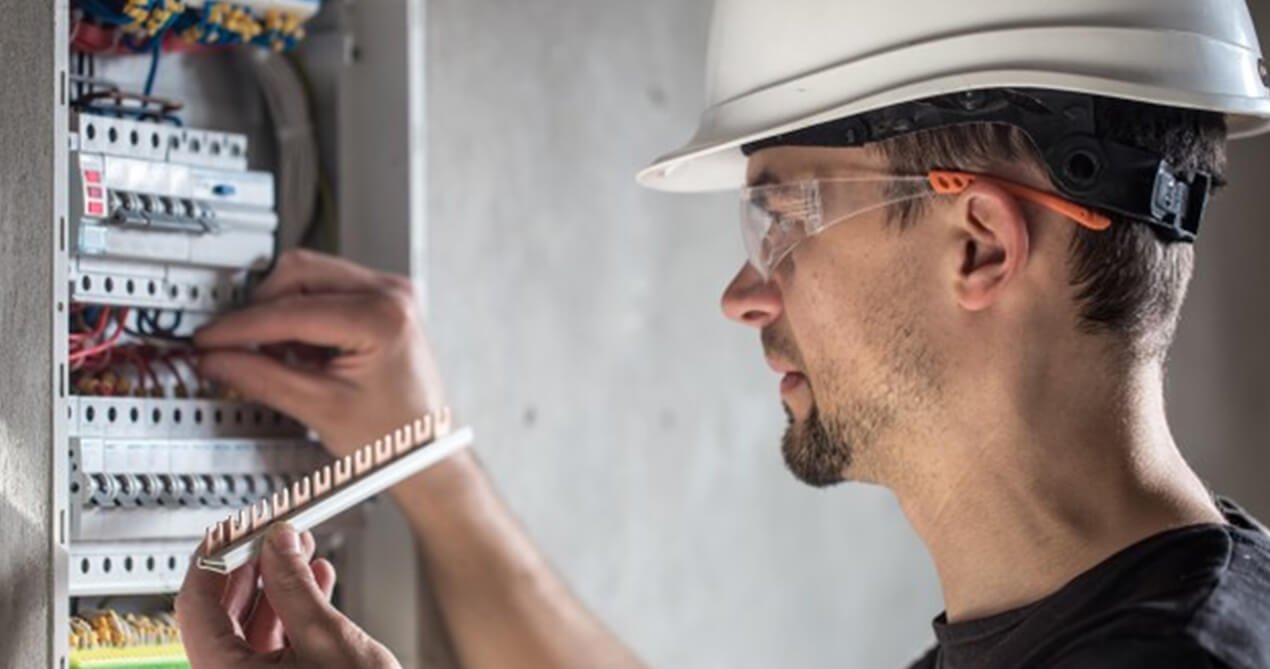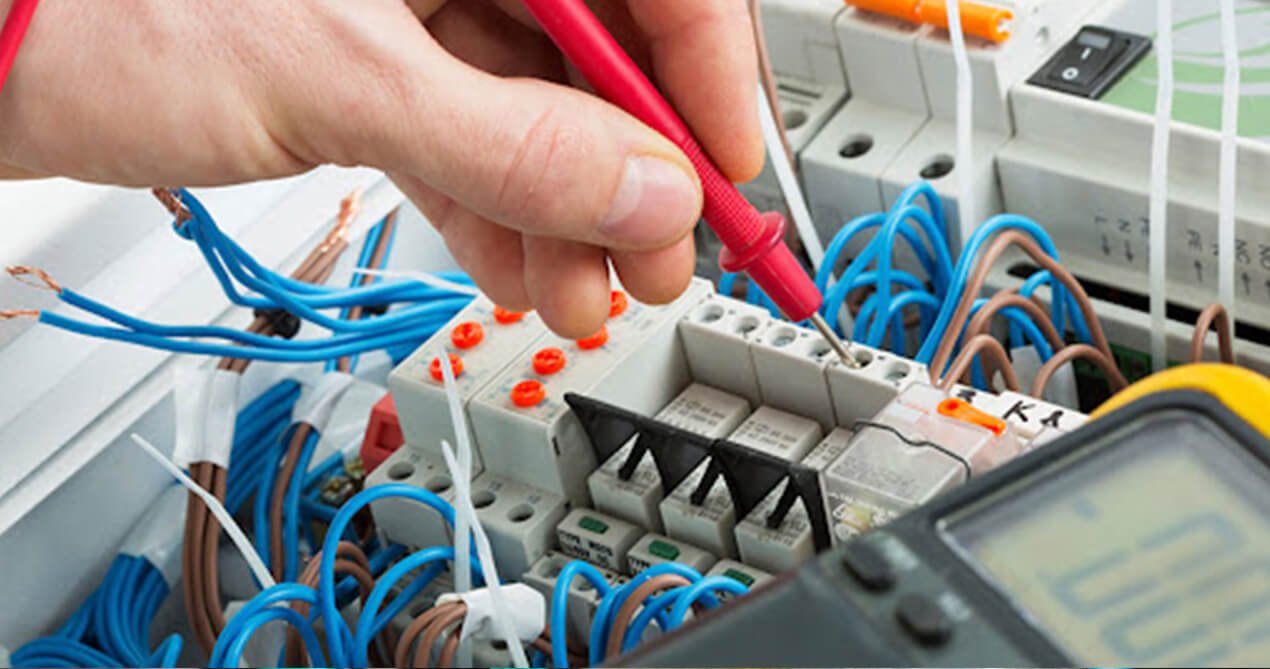
Different Electrical Panels
Electrical Panels and Their Evolution:
The discovery of electricity was a key achievement of the 18th century. After the discovery of electricity, human life completely changed for the better, and humanity officially entered its golden age. Electricity improved human life in all aspects.
Benjamin Franklin was the first to discover electricity in 1752 during a thunderstorm that almost killed him due to its electric charge.
Since then, Benjamin Franklin began his research on how to generate and use electricity, and electricity, as we know it today in our modern age, emerged, which relies on electric waves between conductors.
Electricity began to spread widely in European countries at the beginning of its discovery and was the main reason for the European Industrial Revolution that started in England in the mid-18th century, as it relied entirely on machines that operated on electricity.
As a result, humans felt the importance of electricity in their lives and realized that it is indispensable. It makes human life easier, and more efficient and provides comfort in accomplishing various life tasks.
Over time, electrical tools have rapidly developed in all areas to meet the various needs of consumers for modern, diverse, and multi-purpose electrical appliances.
In this context, electrical tool companies gradually emerged to keep up with this significant development, and electrical tool companies began to diversify their own products and use these products to meet the needs of the different market segments.
Use of Electrical Panels

Electrical panels are among the products discussed in this article, and they are the focus of this section.
Electrical panels for apartments are an essential product in any home, and the electrical panel is the basic step in establishing electricity in your home.
The purpose of the apartment distribution panel is to distribute circuit breakers within it, which is necessary to control the electricity in your home through a single panel that is divided into multiple breakers for different areas of your home.
The task of these panels is to provide you with control over the electricity in different rooms of your apartment or company, where you can turn off some of these non-essential or unused areas through a single electrical panel, or you can turn on the electricity in other areas according to your desire or the time you need it.
Electrical panels also allow you to completely shut off electricity when traveling or at the end of the workday at your workplace as a form of safety.
Design and Types of Electrical Panels

Electrical panels are designed in various types and shapes. One type is the high-load electrical panel, also known as the main distribution panel. It is used for buildings, factories, companies, and banks, and is mostly in the form of a large metal panel.
Main distribution panels come in several sizes, starting from 28 circuits designed for relatively small facilities and ending with 48 circuits for large facilities. Sometimes, several electrical panels are needed to cover one factory or large company.
Another type is the low-load electrical panel, also known as the apartment electrical panel. It is the most common type among consumers and is mostly in the form of a small plastic panel.
Apartment electrical panels come in several sizes, starting from a 4-circuit panel for very small apartments and extending to a 24-circuit panel for villas and duplexes.
Each category of electrical panels has different sizes and shapes to fit the designated space, existing decorations, and suitable usage for these panels.
Installation of Electrical Panels

Electrical panels for apartments can be installed in two different ways, either installed inside the wall or mounted on the wall from the outside.
The electrician should consider the size and usage of the electrical panels for both apartments and main distribution panels when installing them, whether inside apartments or in various facilities such as companies and commercial shops. For factories, the electrician should also consider the current and future loads and needs of the factory to avoid facing the challenge of installing new electrical panels and redistributing circuit breakers inside the panels.
Additionally, the electrician should consider the type and quality of the electrical panels for apartments and main distribution panels, to ensure the panels remain durable and maintain their safety throughout their lifespan, providing customers with the necessary safety factor as they are the main control of electricity overall.
Electrical Panel Manufacturing

Electrical equipment companies manufacture electrical panels using various materials. Some companies manufacture panels using compressed plastic, while others use polycarbonate to provide higher quality to consumers.
The advantage of polycarbonate electrical panels is that they are resistant to combustion. Polycarbonate is a material that does not contribute to combustion and decomposes when exposed to fire. However, the cost of polycarbonate electrical panels is higher than that of their counterparts.
Other electrical panels are made of compressed plastic, which is of lower quality and not fire-resistant. Therefore, they are cheaper than polycarbonate electrical panels.
Electrical panel companies compete to offer the highest quality at the best price. However, some cannot balance quality and price to provide the appropriate mixture for consumers, especially with polycarbonate electrical panels, which are rarely available at the right price for all consumers.
Electrical Panels from Konnice

After conducting an in-depth study of the electrical market and the existing electrical panels, as well as studying the desires of consumers, Konnice came up with a solution and provided Kon Nice Electric electrical panels for apartments in different sizes to suit all uses. All of these panels come with a cover made of flame-retardant polycarbonate plastic, providing the highest quality to consumers at economical prices.
Konnice electrical panels also come with a metal body coated with an electrostatic heat insulator, and a transparent door that opens and closes by pressure.
Konnice electrical panels are available in four different sizes in terms of the number of breakers:
The first size has 7 lines, the second size has 9 lines, the third size has 13 lines, and the fourth size has 18 lines.
The company recently began producing electrical panels for apartments inside Egypt and distributing them within the Egyptian electrical market. This was done to meet the needs of its customers and the requests of its successful partners, including distributors and traders.
To show the company’s confidence in its products, the company provided a lifetime warranty to maintain the mutual trust between itself and its customers and to ensure credibility which is the main driver of trust.
You Can Contact Konnice Electric Through Their Pages On Social Media Platforms Such As “Facebook, Instagram, YouTube, Linkedin” Or WhatsApp.

